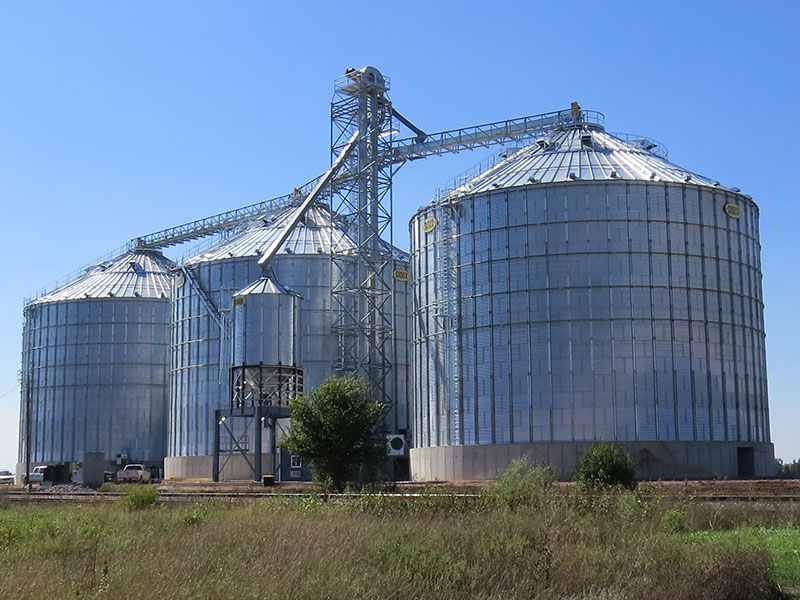
The walls will curve outward, but I figure I could work with that and make shelves that hang on the curved spots without taking up space in the middle of the room. I'm planning on filling the bottom quarter or maybe third of the silo (when on its side) with cement to make a flat spot as the floor. It seems like grain silo building techniques would change over the years as technology got better, but maybe farms are one of those businesses where you don't change how you do things if it works? I don't live anywhere near actual farmland, though, so maybe I'm just out of the loop. The biggest threat for molding grain in silos is usually if the grain is wet or already starting to mold when it is loaded into the silo.Īre grain silos still in that much common use these days? When I think of them, I always imagine the typical scene of a steel grain silo painted red to match the barn like you see in old-fashioned farm scenes in paintings and storybook illustrations. Thankfully, the concrete and heavy construction of silos helps keep the grain dry and out of the sunlight inside, so mold is rarely a problem. Grain costs a lot when you buy it in bulk and load it into a silo, so the farmer really doesn't want this to happen.
Picture of a grain silo full#
If the grain inside of a tower silo starts molding, conceivably the entire silo full of grain could be bad, and it's not safe to feed to the cows. One concern that tower type silos can give to farmers is that of mold. They operate very simply using natural gravity, which means that there are less parts that can break, and for farmers that means less maintenance needed to store their grain in a silo. Grain silo construction, to my knowledge, hasn't changed much at all since people started using grain silos. Trust me, I grew up on farms since my parents were both dairy milkers.

Picture of a grain silo how to#
June 10, - You guessed it - farmers tend to be traditionalists, with their farms often passed down from generation to generation, and they're very set in their ways about things like how to milk cows and where they store their grain. You're better off burying a silo straight up and down to you desired depth, cutting off the top and pouring a concrete roof and then burying it all 20 feet down. As far as using a concrete silo on its side, How are you going to lay it down without it breaking? I'd say that's almost impossible.Ī metal silo on its side can be buried, but not deeply enough to act as a war bunker - maybe a tornado shelter of some sort, but that's 40 feet underground at the low point, and unless its made of solid steel plates, it can't be buried deep enough to resist any bombs.


 0 kommentar(er)
0 kommentar(er)
